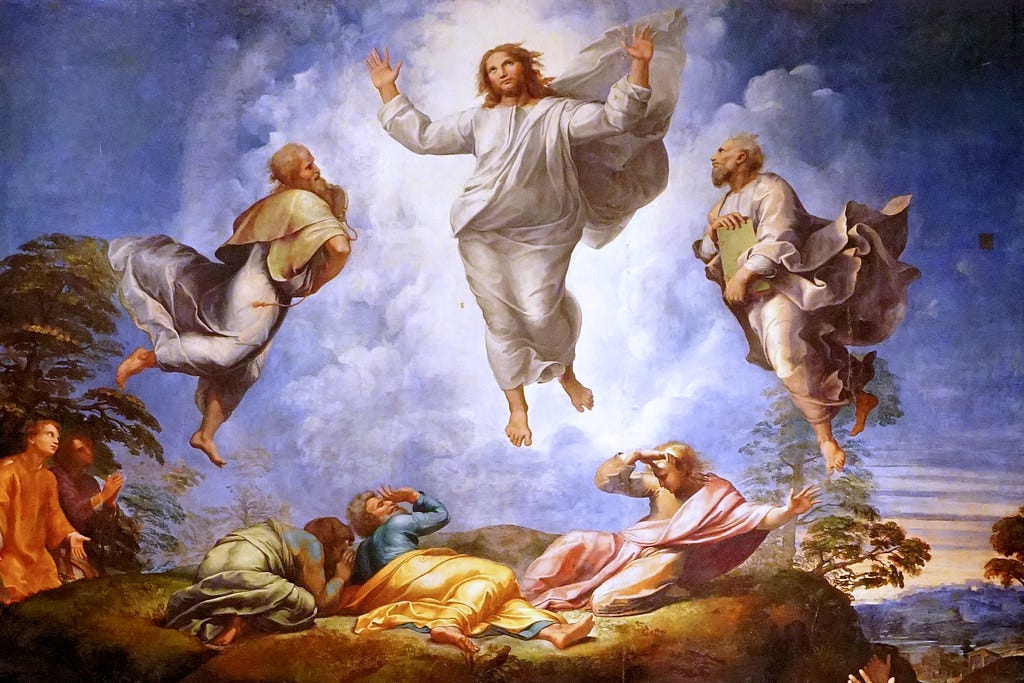Introduction
Joseph Cardijn (1882-1967) was a Belgian priest who dedicated his life to forming young workers as apostles, “who have a continual sense of being bearers of Christ” to the working class. He taught them about three truths: the truth of faith, the truth of experience and the truth of method. Cardijn defined the truth of faith in this way: “The eternal and temporal destiny of each young worker in particular and of all the young workers in general.”
Cardijn delivered an address to the first International Congress of the Young Christian Workers movement (YCW) in Brussels on 26 August 1935. In his address, he elaborated on his teaching about a person’s “eternal and temporal destiny” in language that reminds one of the Gospel account of the Transfiguration of Jesus. He said:
“The eternal destiny of each human being is incarnate, develops, and is achieved in temporal life always and everywhere – on earth as it is in heaven.”
In today’s Gospel, Jesus takes three of his disciples aside and reveals himself to them in his glory as the Son of God. His aim is to strengthen their faith in him as they make the difficult journey to Calvary.
Jesus does something similar for us in the Eucharist. He invites us to step aside from our daily chores to pray, to listen to his word and be nourished by him. Strengthened, we go out from Mass ready to take up our journey along the way of the cross.
The Gospel
Now about eight days after these sayings Jesus took with him Peter and John and James, and went up on the mountain to pray. And while he was praying, the appearance of his face changed, and his clothes became dazzling white. Suddenly they saw two men, Moses and Elijah, talking to him. They appeared in glory and were speaking of his departure, which he was about to accomplish at Jerusalem. Now Peter and his companions were weighed down with sleep; but since they had stayed awake, they saw his glory and the two men who stood with him. Just as they were leaving him, Peter said to Jesus, “Master, it is good for us to be here; let us make three dwellings, one for you, one for Moses, and one for Elijah”—not knowing what he said. While he was saying this, a cloud came and overshadowed them; and they were terrified as they entered the cloud. Then from the cloud came a voice that said, “This is my Son, my chosen, listen to him!” When the voice had spoken, Jesus was found alone. And they kept silent and in those days told no one any of the things they had seen (Luke 9:28-36).
The Enquiry
See
Follow Jesus in this story. Why did he head off into the hill country with Peter, James and John? What happens to Jesus? In what ways is the story of Jesus being transfigured like the story of Moses receiving the Ten Commandments from God on Mount Sinai?
How are his disciples impacted by what happens to him? How do you interpret the reference to them being tired? Why were they “terrified as they entered the cloud”? Is the story more theological than psychological?
Why did the apostles keep silent about what they had witnessed when they were back with their fellow disciples (Luke 9:36)? Do you take their silence to be a theological statement?
Judge
What do you think about this event in the life of Jesus and his apostles? What do you accept as being “real” in the account given by Luke?
Do you think the apostles’ proposal to Jesus on Mount Tabor represents the ideal response to the transfiguration of Jesus? If you were there, how would you have responded?
How is your faith challenged by Luke’s account of the Transfiguration of Jesus?
Act
What do you want to change in the world because you have reflected on the significance of the Transfiguration of Jesus for you and for the world?
What action can you carry out this week that will contribute to the change you would like to see in the world?
Who can you involve in your action, when, how often and how?
Image source: Slices of Light (Creator), Painting of the Transfiguration in Room VIII, Pinacoteca, Vatican Museums, July 2019, Flickr, CC BY-NC-ND 2.0
Worth reading: Challenge to Action a collection of addresses given by Fr Joseph Cardijn, Founder of the Young Christian Workers. The original English edition was edited by Fr Eugene Langdale. His translation has been “lightly” updated by Stefan Gigacz to better reflect modern usage. A digital version of the book is available through the Joseph Cardijn Digital Library.


